UPPER BODY LIFT
– NEWPORT BEACH, CA –Gone are the days when the body lift was reserved for weight loss patients.
In this time of inclusivity and modern aesthetic advancements, getting a body lift isn’t that complex anymore, especially when it’s done by a highly specialized plastic surgeon like Dr. Siamak Agha—one of SoCal’s top plastic surgeons.
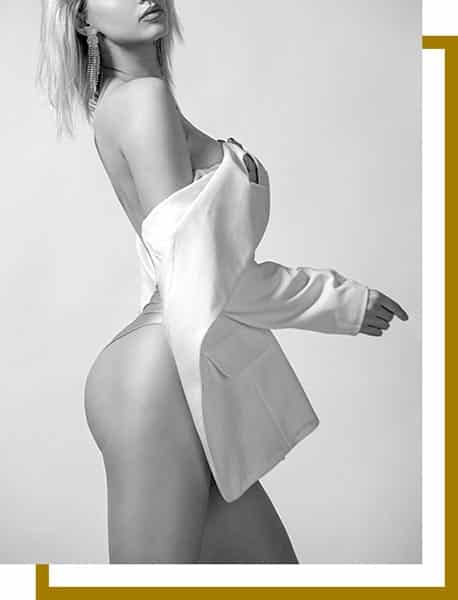
In fact, more and more patients who did not undergo massive weight loss are now getting a body lift to rejuvenate and restore their body, as well as combat skin laxity and tissue sagging brought about by aging.
After all, the loss of skin elasticity isn’t exclusive to weight loss patients but is also common among the aging population. The latter can also experience droopiness on their back, chest, and arms, thus needing an upper body lift.
Get to know more about the advantages of an upper body lift for non-weight loss patients as you read the rest of this article.
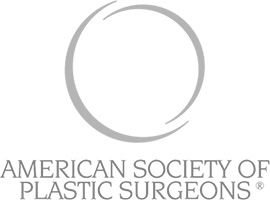
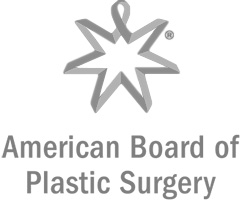

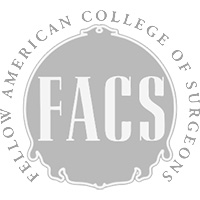
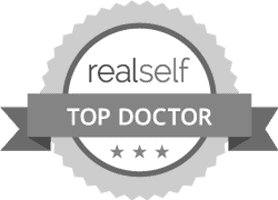
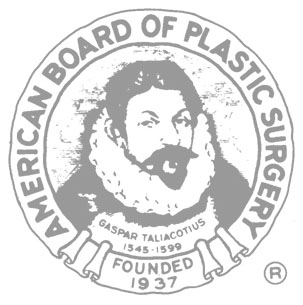
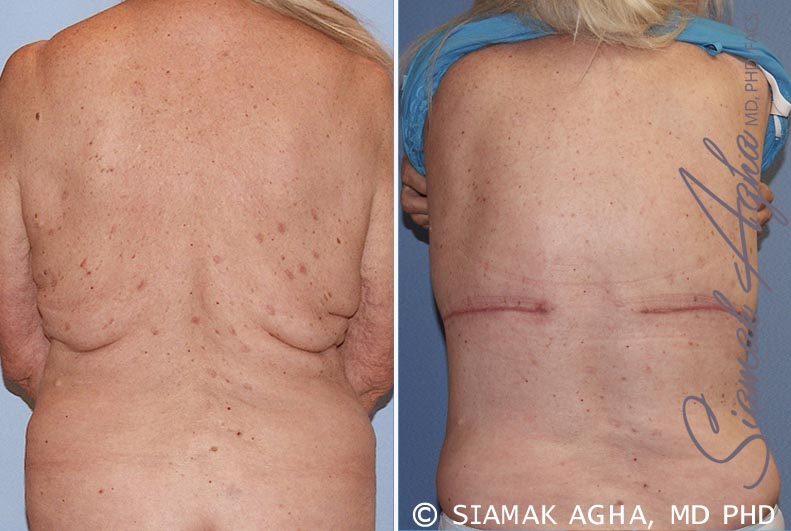
The Effects of Aging on Your Upper Body
But before we go to the surgery itself, let’s first explore the reason why most people get an upper body lift: the presence of saggy skin on the upper body.
Your body naturally changes as you age. Starting at the age of 30, you begin losing lean tissue, leading to muscle loss or atrophy.
The amount of fat in your body also steadily grows as you age. In fact, older people have almost one-third more fat compared to their younger years.
But these fat deposits are primarily stored at the center of the body and around internal organs. The layer of fat right under the skin gets thinner, thus making your skin saggier.
It also doesn’t help that you experience elastin and collagen depletion as you age. These two proteins help maintain elasticity and firmness, so their production decline contributes to saggy skin and back rolls on your mid-back and lower back.
Skin laxity in your upper body may look like hanging tissue drapes extending from your ribcage in the front to the vertebral column at the back.
The extra skin on your back can even form rolls: the upper armpit roll, breast roll, two mid-back rolls, and a lower hip roll.
Your breasts can also sag as the ligaments making up your breast tissue stretch and lose elasticity.
The combination of protein, muscle, tissue, water, and fat loss contributes to sagging skin on your upper body that only an upper body lift can solve.
What Is an Upper Body Lift Surgery?
The upper body lift is a combination of procedures that removes excess rolls of skin from the upper back, mid-back, lower chest, and the hanging tissues of the outer chest. It leaves you with a smoother upper body and a narrower chest.
Usually done for weight loss patients, the upper body lift can be performed for anyone experiencing skin sagging and rolls in the upper body.
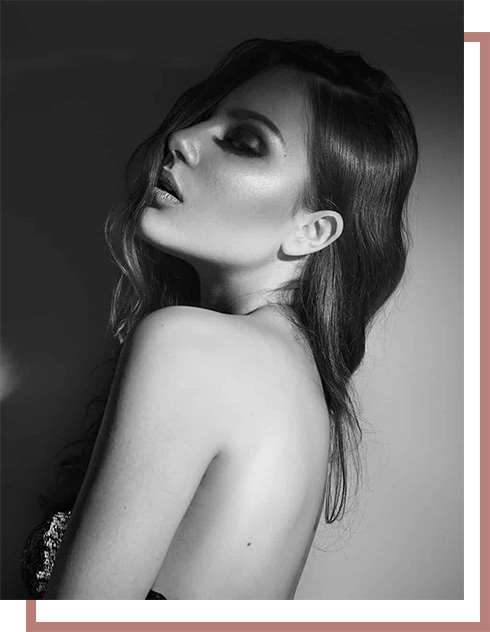
What are Different Upper Body Lift Techniques?
Dr. Agha performs three different types of upper body lifts depending on your skin laxity issues and the presence of abdominal rolls.
How Long is an Upper Body Lift Surgery?
The duration of the operation depends on the upper body lift technique you’re getting.
If you’re only getting a bra-line upper body lift or a J-upper body lift, the duration of the surgery is typically about two hours for each.
Dr. Agha typically performs an arm lift, J-upper body lift, bra-line upper body lift, and breast reshaping in eight hours as an outpatient surgery.
How Do You Recover From an Upper Body Lift?
As previously mentioned, all upper body contouring surgeries are done on an outpatient basis so that you can recover in the comfort of your own home.
Recovery from upper body lift surgery generally takes about three to four weeks. You should have your incisions dressed with a surgical pad and your chest wrapped in ACE bandages during this period.
You should get plenty of rest as you heal from an upper body lift. You will likely experience some swelling and bruising on your surgical sites during the first few days post-op.
While you’re encouraged to take short walks to enhance your circulation, you should not engage in any strenuous activity until Dr. Agha gives you the go signal.
What are the Results of an Upper Body Lift?
You can eliminate your midback rolls and sagging tissues on your outer chest with an upper body lift. It gives you a smoother and smaller chest appearance.
But like all other body contouring procedures, the final results and full benefits of the upper body lift may take three or more months before you can fully appreciate them. Time is needed for swelling to subside.
Get Your Upper Body Lift in Los Angeles and Orange County
Interested in getting rid of sagging skin in your upper body? Schedule your consultation with Dr. Agha to discuss which upper body lift technique best suits you.
